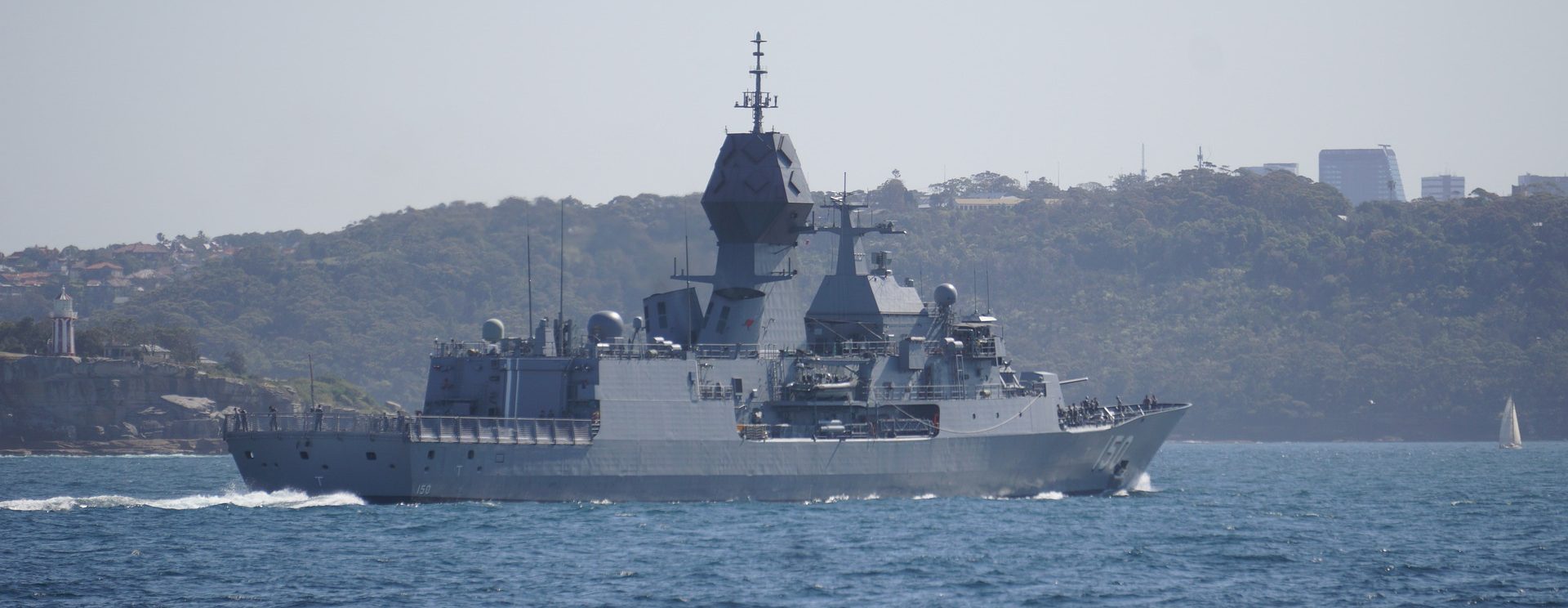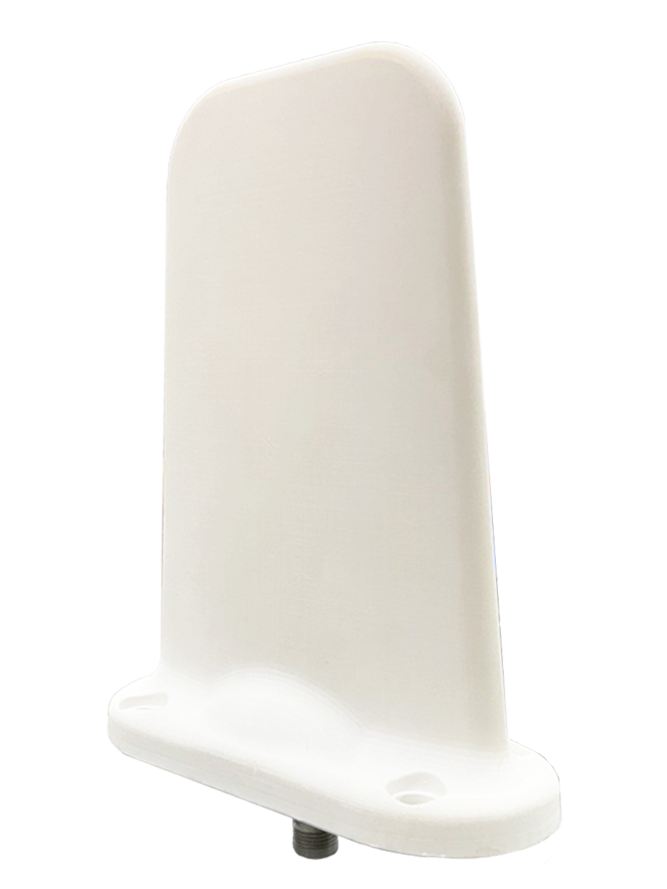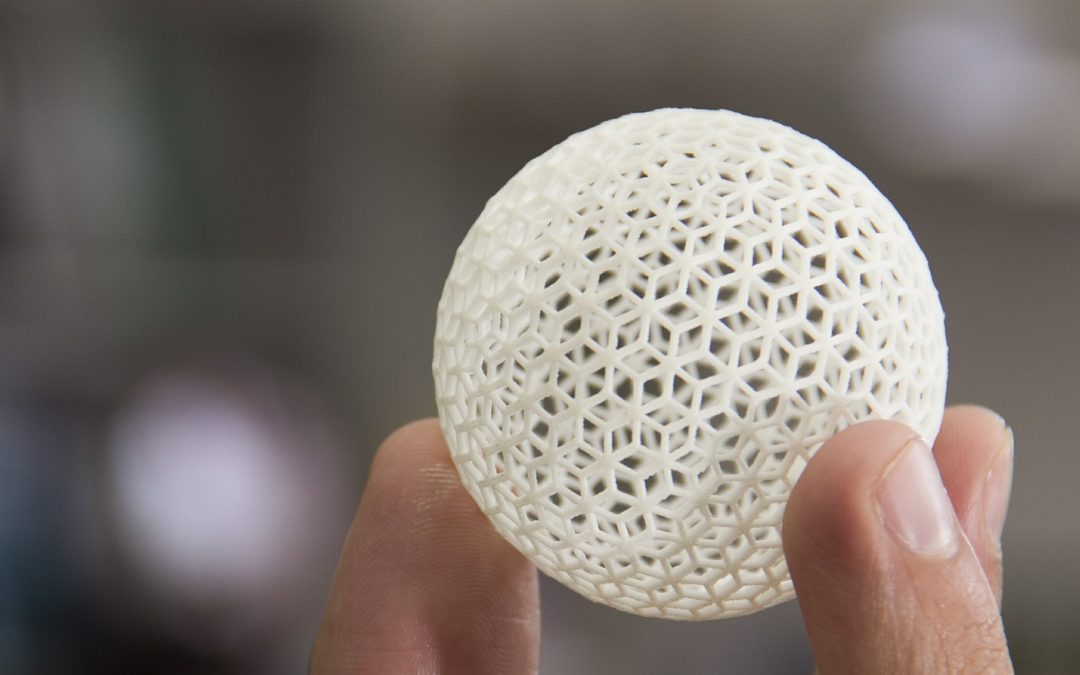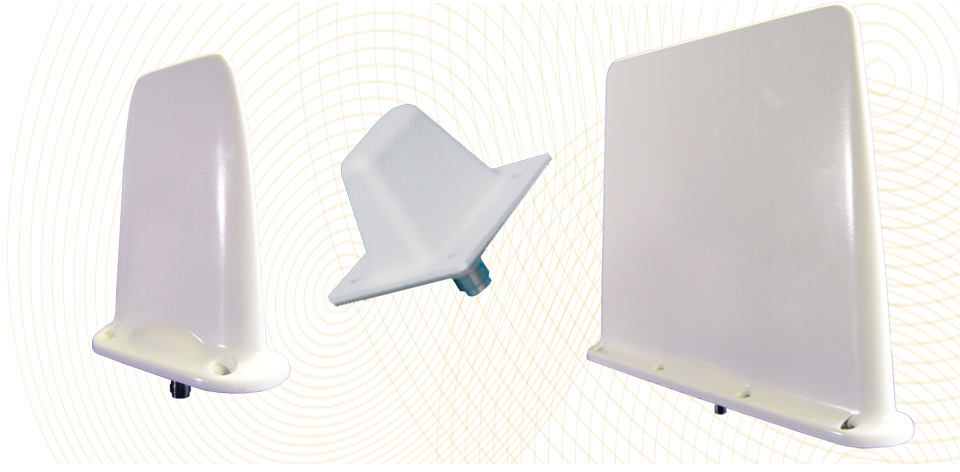Antennas for Maritime Applications
October 2021
In this post, we will answer some of the most common questions regarding marine antennas.
What makes an antenna suitable for maritime applications?
Perhaps the most obvious answer is that the antenna has to be essentially waterproof. Any antenna that is put on a boat must be “marinized,” meaning that it must be optimized or modified for marine use. Any active or electronic elements such as PCBs, for example, must be insulated and protected against water and weather, as well as enclosed in a plastic or corrosion-resistant metal.
What kinds of antennas are most typically found on a boat?
Normally, the number of antennas on a single vessel would be proportional to its size. To put simply, the bigger the boat, the more receiving and transmitting devices it will need. Besides the basic AM/FM antenna radios and WiFi, it is important for modern boats of all sizes to have a GPS system. Additionally, VHF (very high frequency) antennas are necessary for the vessel to transmit and receive signals. Sometimes, especially in cases where it is crucial to avoid misinterpretation of data, boats have to transmit the data digitally using DSC.
DSC, or digital selective calling, is an integral part of a boat’s GMDSS (Global Maritime Distress Safety System) station. MF/HF/VHF transceivers use the DSC to transit a signal digitally. These signals can include identification data, such as coordinates and MMSI (Maritime Mobile Service Identity), a mandatory identifier for ships subject to the GMDSS system.

Multi-band antennas can also be used at sea to amplify the signals from handheld devices. Blade antennas can also be used as radar (Radio Detection and Raging) devices. Radar antennas are especially important in maritime applications because it allows the user to avoid collisions by mapping out the coastline, as well as detecting other vessels even in poor visibility.
What is an AIS Transponder?
AIS stands for Automatic Identification System. Its purpose is to primarily avoid collision by monitoring the position of other AIS-equipped boats in the surrounding area, as well as other information such as the boats’ speed, course, name, type, size, and MMSI. AIS transponders operate within VHF, with a range between 10 and 30 miles, typically. AIS transponders are categorized in two classes: A for ships and fishing vessels, and B for recreational vessels.
Are antennas with higher gain better for marine use?
Not necessarily. In a previous post, we described gain (dB rating) as a measurement that combines the antenna’s efficiency with its ability to receive energy better from a particular direction. Essentially, a higher dB results in a more focused signal. When a signal is more focused in one area, in other areas, the signal will be weaker. The signal strengths of the vessel’s antennas should account for how much the vessel will rock.
How high should the antenna be mounted for it to work effectively?
Generally, the rule of thumb is that the higher the antenna is mounted, the further it can transmit. The antenna’s line of sight needs to be taken into account in addition to it’s actual transmission range.
How can I determine the best antenna for my nautical application?
The best way to find the ideal solution for your application is to consult with experts. Not only does JEM Engineering’s team specialize in antenna development, our existing products are modifiable to our clients’ specification. Additionally, we offer antenna testing services, which can be performed on-site, as well as remotely. To learn more about our rapid testing capabilities, please refer to An Intro to RF Testing.
Latest Posts

Reshaping Antenna Design with 3D Printing
As we discussed in a previous post, before we can manufacture, we must prototype. For this step in the process, we are beginning to explore additive manufacturing, or as it’s more commonly known, 3D printing.

An Overview of Unmanned Aerial Vehicles — and their Antennas
An unmanned aerial vehicle, or UAV, refer to a vehicle that is able to fly remotely, either with some sort of controller or autonomously. An unmanned aircraft system, or UAS, includes not only the UAV, itself but also the person on the ground controlling the flight, as well as the system in place that connects the two of them.

An Introduction to RF Testing
RF testing is used to measure a variety of different antenna attributes. In this post, we discus a few ways in which rf testing can help determine if your device is performing the way it should.
